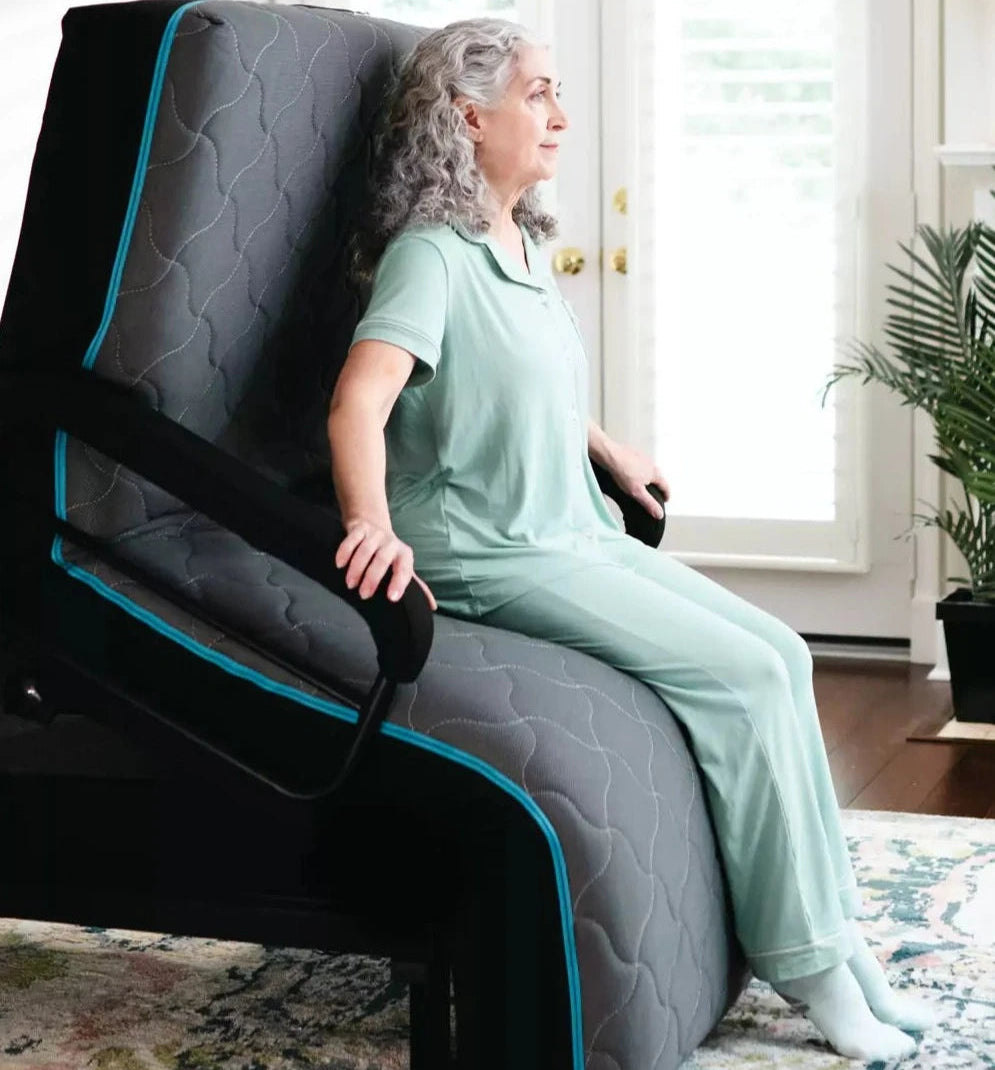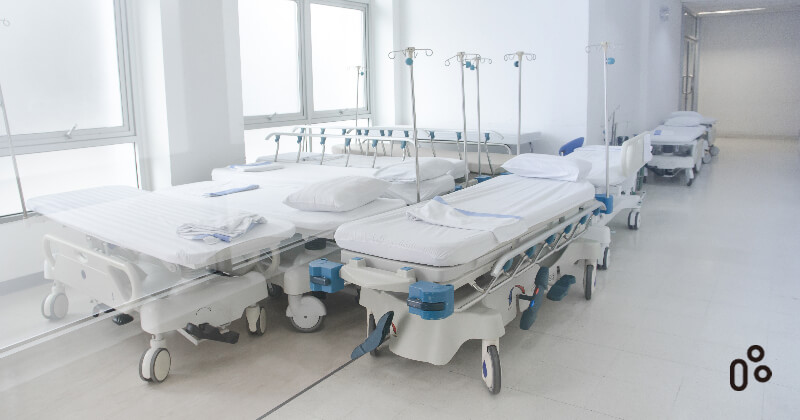The Facts About Hospital Beds For Home Use Revealed
The Facts About Hospital Beds For Home Use Revealed
Blog Article
The 6-Minute Rule for Hospital Beds For Home Use
Table of ContentsSome Known Factual Statements About Hospital Beds For Home Use Some Known Incorrect Statements About Hospital Beds For Home Use Things about Hospital Beds For Home UseThe Main Principles Of Hospital Beds For Home Use The Hospital Beds For Home Use PDFsHospital Beds For Home Use Fundamentals ExplainedGet This Report about Hospital Beds For Home Use
There are 3 primary kinds of hospital beds: guidebook, semi-electric, and fully-electric. Even more types of clinical beds exist and they are detailed below. These beds utilize hand cranks to change the bed's height and increase and lower the head and the foot. Hand cranks are commonly discovered at the foot of the bed and require a person that is physically efficient in operating.
Semi-electric beds have an electric motor to raise and decrease the head and foot parts of the bed. Clients and caretakers change the positioning by pressing buttons utilizing a hand pendant. The height of the bed is readjusted by hand with a hand crank. Full-electric beds have an electric motor that can raise the head and foot areas of the bed as well as the whole height and positioning of the bed.
Not known Facts About Hospital Beds For Home Use
Some versions can also move into more placements, such as the Trendelenburg (tilt) placement. There are a number of sorts of medical facility beds, each created to fulfill details person demands. Here are some typical kinds: This is one of the most usual type of medical facility bed, created for basic medical use. It has a guidebook or electrically adjustable headrest, footrest, and height.
Reduced to the ground than a common bed. This sort of bed is made for larger clients, with a wider structure and higher weight capability than a standard bed. This kind of bed is developed specifically for youngsters, with smaller sizes than a common bed. Unique features such as complete length side rails and cartoon design.
This sort of bed is created for critically ill individuals who require open monitoring and specialized clinical tools such as ventilators and infusion pumps. This kind of bed is made for usage during labor and distribution, with adjustable settings and functions to support the mom and infant during the birth process.
What Does Hospital Beds For Home Use Do?
Multiple feature and the accessories execute broadening grip to various parts of the vertebra and the extremities without relocating the body. These are just a few examples of the kinds of healthcare facility beds available. The particular sort of bed used will certainly rely on the individual's problem, clinical needs, and various other factors.
Below is things you require to recognize. A one-function healthcare facility bed is a clinical bed that permits an individual to move only the head or foot section up or down. A 2 function hospital bed typically describes a kind of clinical bed that has two adjustable functions to aid patients in health centers or care facilities.

The Main Principles Of Hospital Beds For Home Use
A 7-function ICU bed is a kind of clinical bed that provides numerous adjustable features to sustain seriously unwell clients in an intensive care unit (ICU) (hospital beds for home use). The 7 features generally include: Backrest change: The backrest can be gotten used to different angles to aid the individual stay up or relax easily
Height change: The bed can be raised or decreased to make it much easier for individuals to enter and out of bed, and for caregivers to offer treatment. Trendelenburg setting: The entire bed can be slanted to promote blood circulation and blood circulation in the body. Reverse Trendelenburg setting: The bed can also be slanted in the opposite instructions to promote blood flow and circulation in the upper body.
1. What Dimension is a Hospital Bed? 2. Just how much Does a Hospital Bed Price? 3. Why Do Health Center Beds Have Side Rails? 4. What Are The Key Health Center Bed Components?. While more budget friendly than electric designs, these beds require exertion for modifications. The primary advantages of hand-operated beds are their price and dependability, as they don't rely upon power. The demand for manual effort pop over here can be a limitation in situations where fast modifications are necessary or where caregivers deal with physical obstacles.
The Best Guide To Hospital Beds For Home Use
They are fit for patients who need marginal repositioning for convenience or clinical needs. Semi-electric health center beds use an equilibrium of guidebook and electric controls. The head and foot areas are normally changed with electric controls, while the height is adjusted manually. These beds give an excellent happy medium in between guidebook and totally electrical alternatives, offering simplicity of usage without the full expense of electrical versions.
Semi-electric beds are fit for individuals that need modest adjustments to the head and foot areas yet can handle without regular elevation changes. This makes them a cost-effective option for those looking for convenience and convenience without the need for continuous repositioning. Totally electric health center beds feature electric controls like this for seamless modifications to the height, head, and foot sections.
Specialized health center beds, such as ICU beds, long-lasting treatment beds, and bariatric beds, are thoroughly created to resolve certain clinical requirements. These beds supply tailored look after diverse individual groups, enhancing both end results and comfort. In the adhering to areas, we will certainly check out the main kinds of specialized medical facility beds, outlining their specific advantages and applications.
With years of experience in manufacturing electric straight actuators - hospital beds for home use and close collaboration with the healthcare market, TiMOTION is well-positioned to offer dependable medical care solutions. Our up and down integrated company takes care of every action of the production process, from style to actuator assembly, guaranteeing we provide phenomenal value and personalized services tailored to your particular requirements
Hospital Beds For Home Use for Beginners

For more information regarding integrating these innovations into your items, contact us today. Further reading:.
Information is sourced from the Medicare Price Record. Accessed January 2025. Short-term intense care health centers have the highest possible average variety of beds at 187. They are one of the most common kind of health center in the U.S. and comprise greater than 50% of united state medical facilities. Kid's hospitals have 178 beds generally and VA healthcare facilities ordinary 175 beds.

The Best Strategy To Use For Hospital Beds For Home Use
A healthcare facility bed is a bed made specifically for clinical objectives. It is not only an area for patients to relax, however also a system for clinical operations. Unlike average home beds, health center beds typically have flexible attributes, which can facilitate clinical staff to make various changes according to the demands of people, such as changing the elevation, disposition, and assistance angle of the back and legs of the bed.
Report this page